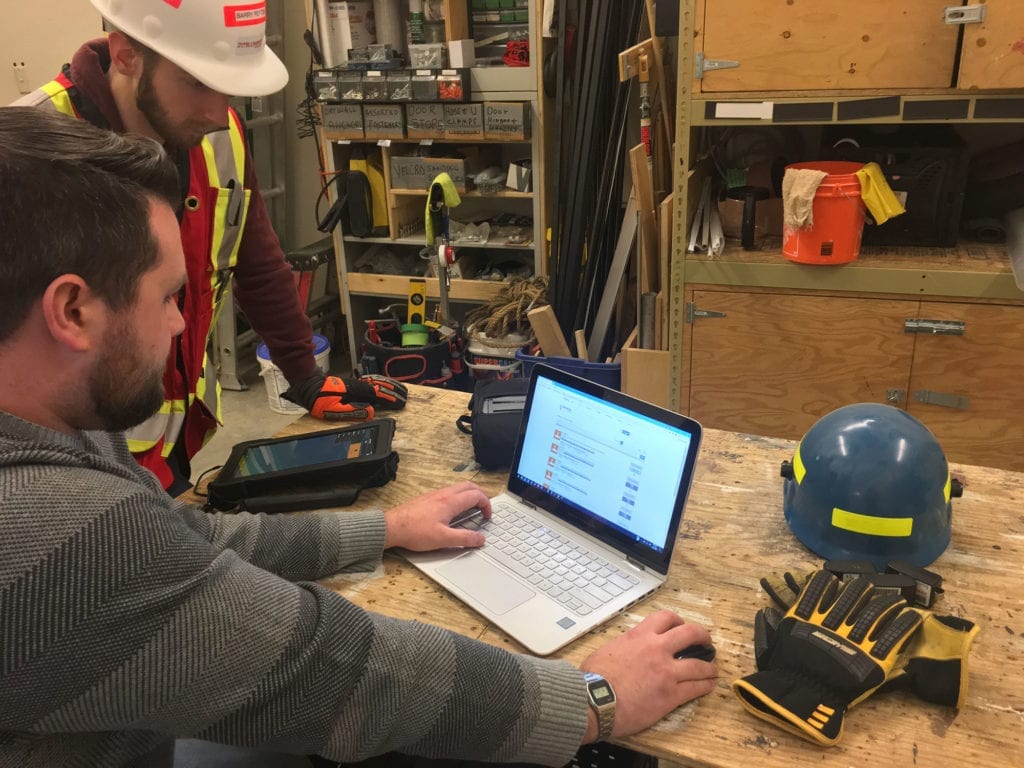It seems that everything these days can be done from a smartphone, tablet or computer. “There’s an app for that” as people say, and industry has taken note. Across the board, companies are adopting new technologies and procedures to not only get a competitive advantage, but in some cases, just to stay relevant. Materials Management for construction projects is no exception. Change is on the horizon, and here are a few reasons why:
- The need for data in real-time
Time is money. Without a doubt this is loud and clear on construction sites. Most skilled craft labor is paid hourly, regardless of actual time spent on tools. If they aren’t directly working, that’s money wasted. In order to most effectively manage the workface, planners need to have up to date materials status and availability reports. Having field access to their required material data without them having to ask their supervisor or walk around to find the information, is key to keeping the construction activities constantly moving forward. With paper-based systems, the largest downfall is the time required to sift through endless amounts of paperwork. Electronic based systems are essentially a search engine, with indexed databases. As fast as a user can type, the system can provide the details required.
- Duplication of work
One of the largest drawbacks of doing business on paper is the lack of visibility it provides to a project as a whole. A paper based document can only be viewed while a person is in physical proximity to it. Often times on projects, there will be some sort of electronic data filing system. This means that someone then has to translate the paper based document into a readable electronic format. Regardless of the procedure, the data on that document has now been captured twice. Over the course of a project, that is a significant amount of resources that could be more efficiently utilized elsewhere.
- Environmental footprint
As time progresses, society becomes ever more conscious of its environmental footprint. Going paperless almost seems like a no-brainer in this aspect. Forests worth of trees are cut down and milled into paper. It is estimated that one tree produces roughly 8,333 sheets of paper[1]. At 575 sheets per 3” binder, this slims down to 14.5 binders of paper per tree. Picture over the course of a project and how many binders worth of paper documents are printed, handled and created. Its not a stretch that for some medium to large size project, this can be rooms even buildings full of just documents. It doesn’t take long to appreciate the impact of going paperless.
Final thoughts
As with anything, change takes time. In the not so distant future, companies that haven’t adopted or transitioned to paperless systems will be obsolete. The reality of the situation for Materials Management is that the time to go paperless is now. To those that have been paying attention to the technology trends, this article comes as no surprise. For those that haven’t, its not too late.
